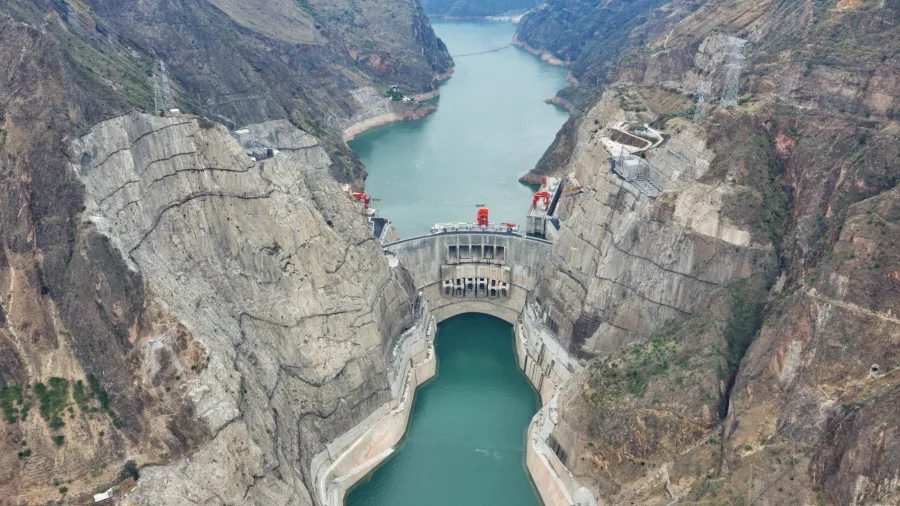
Chinese firms boost hydro development across the globe
In the Asia Pacific, nearly 45% of all hydro plant capacity involves a Chinese firm.
Amidst a global decline in hydropower as an energy source across the globe, Chinese companies have been ramping up hydro development, not just locally, but also across the Asia Pacific and beyond, analysts found.
In the Asia Pacific region excluding India, where China’s involvement is very limited, nearly 45% of all hydropower plant capacity involves a Chinese company, according to a report from the International Energy Agency (IEA) revealed. In particular, Pakistan and Laos receive the largest contributions in the form of financing or construction.
“The Belt and Road Initiative, a Chinese government programme to develop infrastructure in developing and emerging economies, has enabled many of these projects, especially in the Asia Pacific region and Latin America,” the report stated.
China has been more involved in hydropower projects in developing regions, building them through construction contracts; finances them partially or majorly; or owns them through direct ownership of the project or the company building the project, IEA noted. These comprise over half of all new hydro project capacity larger than 30 megawatts (MW) that are expected to come online in sub-Saharan Africa, the Asia Pacific excluding India, and Latin America during 2021-2030.
“Chinese hydropower firms have the technical expertise to help build, own and operate large projects owing to their experience developing large dams over the last two decades. The cost-competitiveness of these firms, coupled with aggressive project timelines to increase electricity access, are attractive for countries with budget sensitivity and tight schedules,” IEA added.
According to the International Hydropower Association (IHA), China remains the world leader in respect of total hydropower installed capacity with over 370 gigawatts (GW). Further, data from GlobalData revealed that China has been making the largest annual capacity additions with over 12 GW added in 2019 alone. Its plants under construction have not been affected much by the pandemic, and the country is set to add over 140-GW hydro capacity during 2020–2030.
“Between 2019 and 2030, the share of hydropower in several major countries is estimated to continue falling. But globally, the decline is estimated to be less significant during this period, mostly due to the large-scale capacity additions by Chinese companies, not only in China, but also in other countries. Most of the largest upcoming hydropower plants are either in China or are being built by Chinese companies in other countries,” GlobalData said.
IEA noted that the country’s role in hydropower development is most significant in sub-Saharan Africa, with nearly 70% of new capacity fully or partially owned, built and/or financed by China. This includes the largest hydropower project currently under construction in the continent, the Grand Ethiopian Renaissance Dam.
Locally, the country added 13.76 GW of new hydropower capacity in 2020, including 1.2 GW of pumped storage from the last four units of the Jixi project. At 1.8 GW, Jixi is China’s largest pumped storage project by installed capacity.
The majority of the additions were in south-western provinces such as Sichuan (4.13 GW) and Yunnan (3.4 GW). The 10.2 GW Wudongde project is scheduled to be fully operational by July and will be China’s fourth-largest and the world’s seventh-largest hydro project by completion.
Pumped storage continues to be a significant focus in China’s energy transition. In the 2021 Energy Work Plan issued by the National Energy Administration, nationwide medium- and long-term planning for pumped storage is emphasised. This is coupled with the consolidation of the pumped storage pricing mechanism released in April 2021 that suggested all pumped storage plants in China adopt a two-part tariff mechanism based on capacity and energy tariff after 2023.
APAC’s fossil fuel phaseout
With rapid urbanisation and industrialisation, the East Asia and Pacific region has been on a trajectory of rapidly rising energy demand. At the same time, in many countries coal generation was the most affected by demand reductions in the pandemic-hit 2020, IHA found.
“The momentum of divesting from fossil fuel generation continued to grow in 2020 as more countries announced pledges to achieve carbon neutrality and deliver green recovery packages. Japan pledged to reach a net-zero emissions target by 2050 and cut emissions by 46 percent to 50 percent by 2030. South Korea committed to terminate public overseas coal finance and achieve net-zero emissions by 2050,” the report stated.
Malaysia has stepped up its renewable energy ambitions and now recognises “large hydropower” as part of its renewable energy definition, in line with practices adopted by other countries internationally, IHA noted. Malaysia also rolled out large-scale solar tenders as part of a green stimulus package. The construction of the 1,285-MW Baleh project continued to progress and is scheduled to be completed in 2026.
Meanwhile, the Philippine government has declared a moratorium on new coal power plants and opened up to full foreign ownership in geothermal and hydropower in its latest tender, which included 17 potential hydropower projects with a combined capacity of 80 MW.
Thailand also plans a transition away from coal, reducing it to only a 5% capacity share by 2030. The Electricity Generating Authority of Thailand has completed the construction of the 2.5-MW Klong Tron project. In addition, it is constructing the 14-MW Pha Chuk project which is expected to be operational by December 2021.
ASEAN has put forward an ambitious joint ministerial statement of achieving 23% renewable energy by 2025. The proposed ASEAN Power Grid aims to foster regional interconnection and economic growth, which has been taking shape under the Lao PDR-Thailand-Malaysia power integration project.
“The Lao People’s Democratic Republic continued to advance its plan to export 20 GW by 2030, with a 728-MW Phou Ngoy project newly announced. Cross-border hydropower will therefore continue to play an important role in decarbonising the South East Asian power grid,” the report stated.
In Viet Nam, the 26-MW Pa Hu project has begun commercial operations. PC1 began operation of the three hydropower plants—which have a total capacity of 54-MW 2020, including the 30-MW Mong An hydropower plant and the 18-MW Bao Lac B, and the 6-MW Song Nhiem 4 projects.
Further, Ngan Truoi project’s construction was delayed, whilst the 480-MW expansion of Hoa Binh Hydropower Plant has started, which is expected to have a 2,400-MW capacity. Another 180-MW expansion of the Yaly hydropower plant is scheduled to begin construction in the second quarter of 2021.
South Asia’s hydro challenges
South Asian countries face problems where the reliability of electricity delivery is poor but the demand for electricity is expected to grow rapidly. Hydropower can help as a renewable alternative and a reliable source of energy storage, but it remains divisive in the region, where some expressed concerns about its social and environmental costs, according to a study published in the International Journal of Water Resources Development.
In the study, penned by a team led by Ramesh Ananda Vaidya, hydro is still cheap compared with other energy sources, but in the long term it might change, and hydropower may lose its cost advantage. However, it can remain competitive if it is developed sustainably because of its complementarity with solar energy.
On the environmental side, the sector’s future may depend on how various risks are managed, the study noted. First, hydro-specific EIAs must identify potential impacts. Second, opportunities to derive benefits from environmental changes need to be carefully analysed. Finally, an integrated river basin approach, with the basin as the planning unit, should be used in planning projects to ensure maximum benefits and minimum environmental impacts.
On the social side, policies and institutions for benefit-sharing that reflect social justice are advised to be developed, and universal access to electricity should be promoted by way of maintaining a balance between on- and off-grid modes of delivery, the study said.
“If appropriate measures are taken by the government, civil society and the private sector to manage risks, where each stakeholder manages the type of risk – environmental, social, or financial – it can handle best, hydropower will continue to play a significant role in South Asia’s energy future,” the study said.


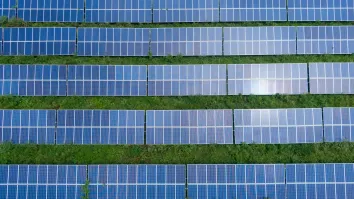
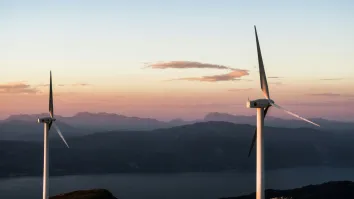

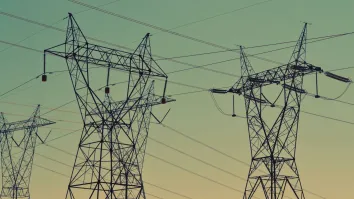







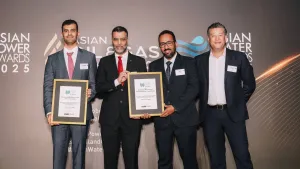





 Advertise
Advertise






